PDR Equipment Evolution: Transforming Body Shop Repair Techniques
In the early days, collision repair shops relied on rudimentary PDR (Paintless Dent Repair) techniqu…….
Welcome to an in-depth exploration of a transformative concept in the automotive industry: PDR (Paintless Dent Repair) for body shops. This innovative approach to vehicle dent repair is reshaping the way bodyshops operate, offering efficient solutions while enhancing customer satisfaction. In this comprehensive article, we will unravel the intricacies of PDR, its global impact, economic implications, and the technologies driving its evolution. We aim to equip readers with a thorough understanding of this dynamic field, providing valuable insights for businesses and enthusiasts alike.
Paintless Dent Repair (PDR) is a specialized technique used to remove dents and dings from vehicle bodies without the need for traditional paintwork or extensive mechanical repairs. It involves using highly skilled technicians and advanced tools to gently push and manipulate the dented panel back into its original shape. The core components of PDR include:
PDR has its roots in the early 20th century when automotive body repair was a labor-intensive process. Over time, the demand for faster and more cost-effective repairs drove the evolution of PDR techniques. The modern version of PDR emerged in the late 1980s and early 1990s, with technicians refining their skills and developing specialized tools. This period marked a significant shift towards a more efficient and less disruptive repair process.
Today, PDR is widely recognized as a game-changer in the automotive industry, offering numerous benefits to body shops and vehicle owners alike. Its popularity has grown globally, with regions like North America, Europe, and Asia leading the way in adopting this innovative repair method.
PDR’s influence is felt worldwide, with each region adapting and localizing the technique to suit its specific needs and market dynamics. Here’s a snapshot of its global impact:
The global PDR market has experienced steady growth, driven by increasing vehicle ownership, rising demand for quick turnarounds, and environmental regulations. According to a 2021 report by Grand View Research, the global PDR market size was valued at USD 4.5 billion in 2020 and is expected to grow at a compound annual growth rate (CAGR) of 6.8% from 2021 to 2028.
Body shops are investing in PDR equipment and training to stay competitive. This includes purchasing specialized tools, software for job estimation, and employee training programs. The initial investment is offset by reduced labor costs and faster repair cycles, leading to improved profitability.
PDR plays a vital role in local economies by:
The development of advanced PDR tools has been instrumental in improving repair efficiency and quality. Some notable advancements include:
Digital transformation in PDR includes:
The future of PDR technology looks bright, with potential developments including:
The legal landscape surrounding PDR varies across regions, with each country or region implementing its own set of regulations:
Regulatory bodies play a crucial role in shaping the industry:
Location: San Francisco, USA
Challenge: Meeting the demand for quick, convenient vehicle repairs in a bustling urban environment.
Solution: A group of entrepreneurs launched an on-demand PDR service, utilizing mobile units equipped with advanced tools. They partnered with local body shops to provide technician support and dispatch services.
Results: The business thrived by offering same-day repairs, attracting busy professionals and tourists. Their online booking platform and transparent pricing became key differentiators, capturing a significant market share in just two years.
Location: London, UK
Challenge: Restoring classic cars while preserving their original aesthetics.
Solution: A specialized body shop focused on historic vehicle restoration adopted PDR techniques to minimize body panel alterations. They partnered with experienced technicians who understood the nuances of vintage car repair.
Results: The shop gained recognition for its meticulous work, attracting enthusiasts and collectors worldwide. PDR allowed them to restore vehicles to their original condition while adhering to strict authenticity standards.
Location: Tokyo, Japan
Challenge: Reducing environmental impact in a highly populated urban area.
Solution: A leading Japanese body shop implemented a comprehensive sustainable PDR program. They invested in eco-friendly tools and materials, adopted efficient waste management practices, and promoted their initiative through marketing campaigns.
Results: The shop saw a 20% reduction in paint and solvent usage within the first year. Their efforts earned them industry awards and increased brand loyalty among environmentally conscious customers.
PDR for body shops represents a significant evolution in automotive repair, offering efficient, sustainable, and cost-effective solutions. Its global impact has reshaped the industry, empowering body shops to meet evolving customer demands. Through technological advancements, policy adaptations, and strategic planning, PDR continues to drive innovation, ensuring that vehicle repairs are faster, more precise, and environmentally friendly.
As we look ahead, the future of PDR holds immense potential, with emerging trends setting the stage for even greater transformation in the automotive repair landscape. By embracing these developments, body shops can stay competitive, cater to diverse customer needs, and contribute to a more sustainable transportation future.
Q: How does PDR differ from traditional dent repair?
A: Traditional dent repair often involves repainting or replacing damaged panels, which can be time-consuming and environmentally impactful. PDR, on the other hand, gently manipulates metal without affecting the original finish, resulting in faster repairs with minimal paint or solvent usage.
Q: Can all types of dents be repaired using PDR?
A: While PDR is highly effective for minor to moderate dents, it may not be suitable for deep or complex damage. Body shop technicians assess each dent to determine the best course of action, offering alternatives if PDR is not feasible.
Q: Is PDR environmentally friendly?
A: Absolutely! PDR significantly reduces the use of paint and solvents, minimizing automotive waste and carbon emissions. Many body shops also adopt eco-friendly practices, further promoting sustainability in the repair process.
Q: How can I find a qualified PDR technician near me?
A: Online platforms and mobile apps make it easy to locate certified PDR technicians. These tools provide transparent pricing and allow customers to book appointments conveniently. Additionally, word-of-mouth recommendations from friends or local automotive forums can be valuable.
Q: How long does a typical PDR repair take?
A: Repair times vary depending on the size and complexity of the dent. Minor dents can often be repaired in 30 minutes to an hour, while more extensive repairs may take up to a few hours. Technicians provide accurate estimates during the initial assessment.
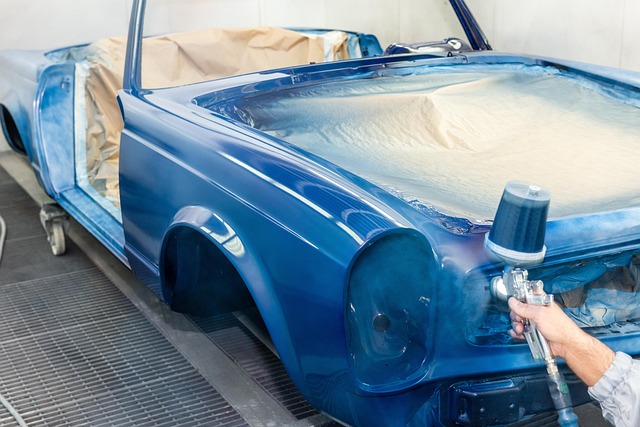
In the early days, collision repair shops relied on rudimentary PDR (Paintless Dent Repair) techniqu…….

In a competitive automotive market, body shops adopting PDR (Paintless Dent Repair) gain a significa…….
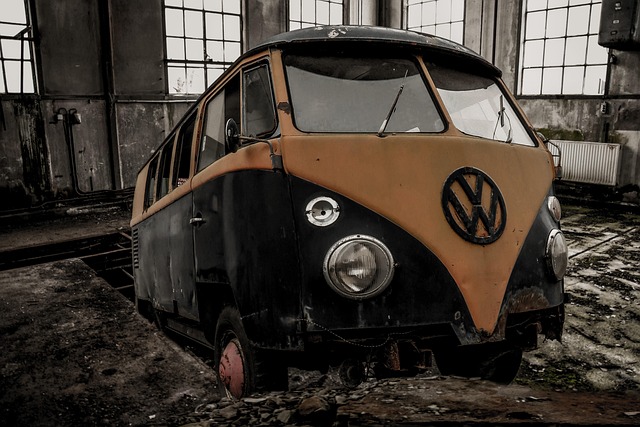
PDR (Paintless Dent Repair) integration is transforming vehicle body shops by offering efficient, hi…….
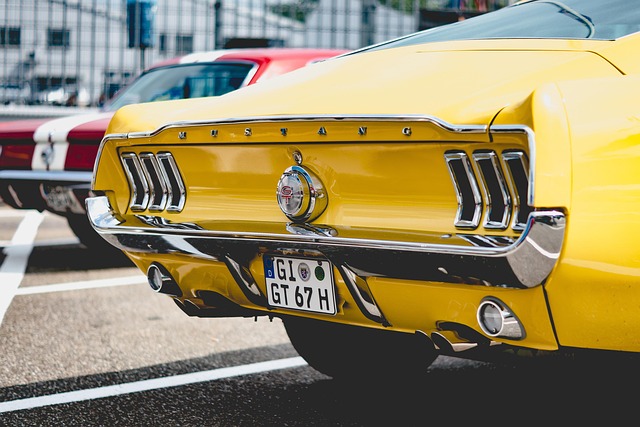
In the competitive automotive services industry, PDR for body shops is transforming operations by of…….
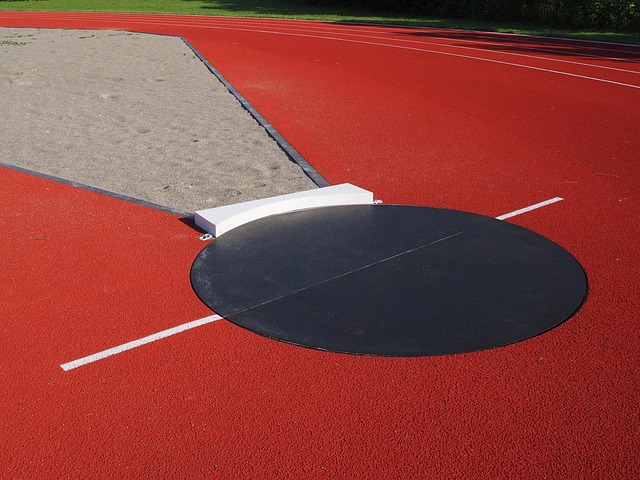
PDR (Paintless Dent Repair) is a specialized collision repair technique that restores vehicles witho…….
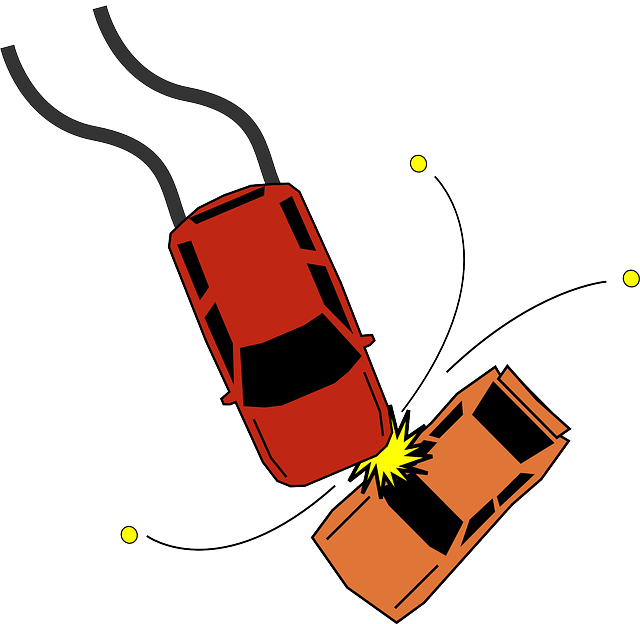
In the auto industry, PDR for body shops is a game-changer for optimizing operations and customer sa…….
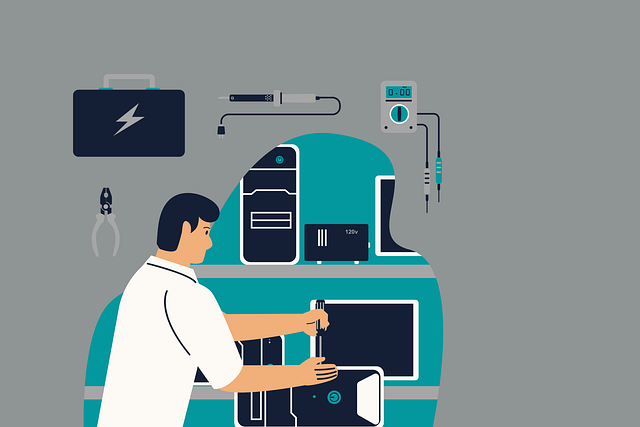
In the competitive automotive industry, Paintless Dent Repair (PDR) integration is a game-changer fo…….

Paintless Dent Repair (PDR) is a specialized auto body repair technique gaining popularity among bod…….
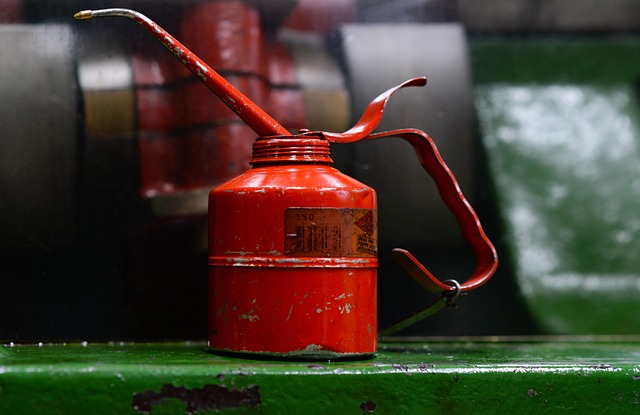
PDR (Paintless Dent Repair) is revolutionizing auto dent repair, offering a non-invasive technique t…….

Paintless Dent Repair (PDR) is a revolutionary technology for body shops, enabling efficient and cos…….